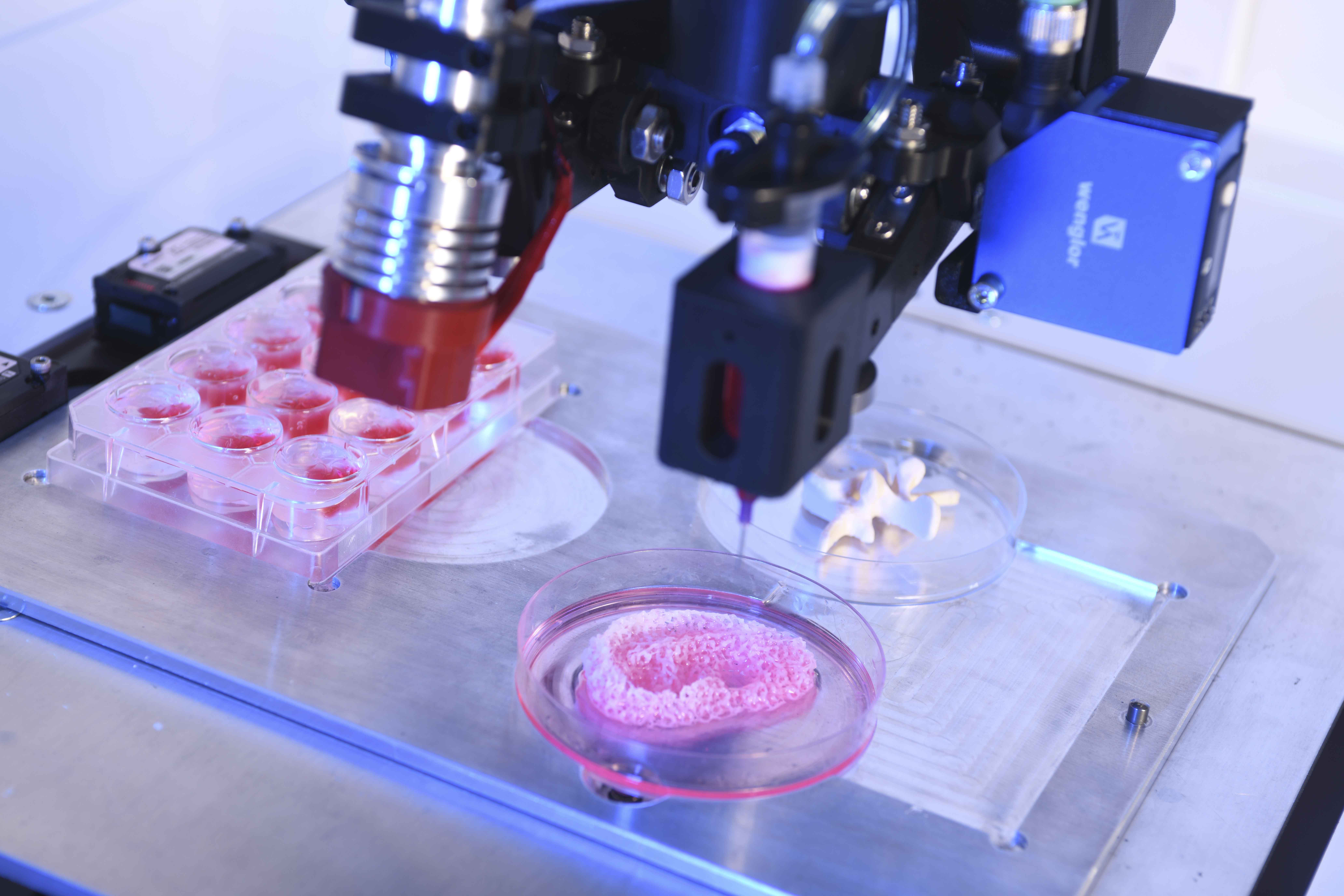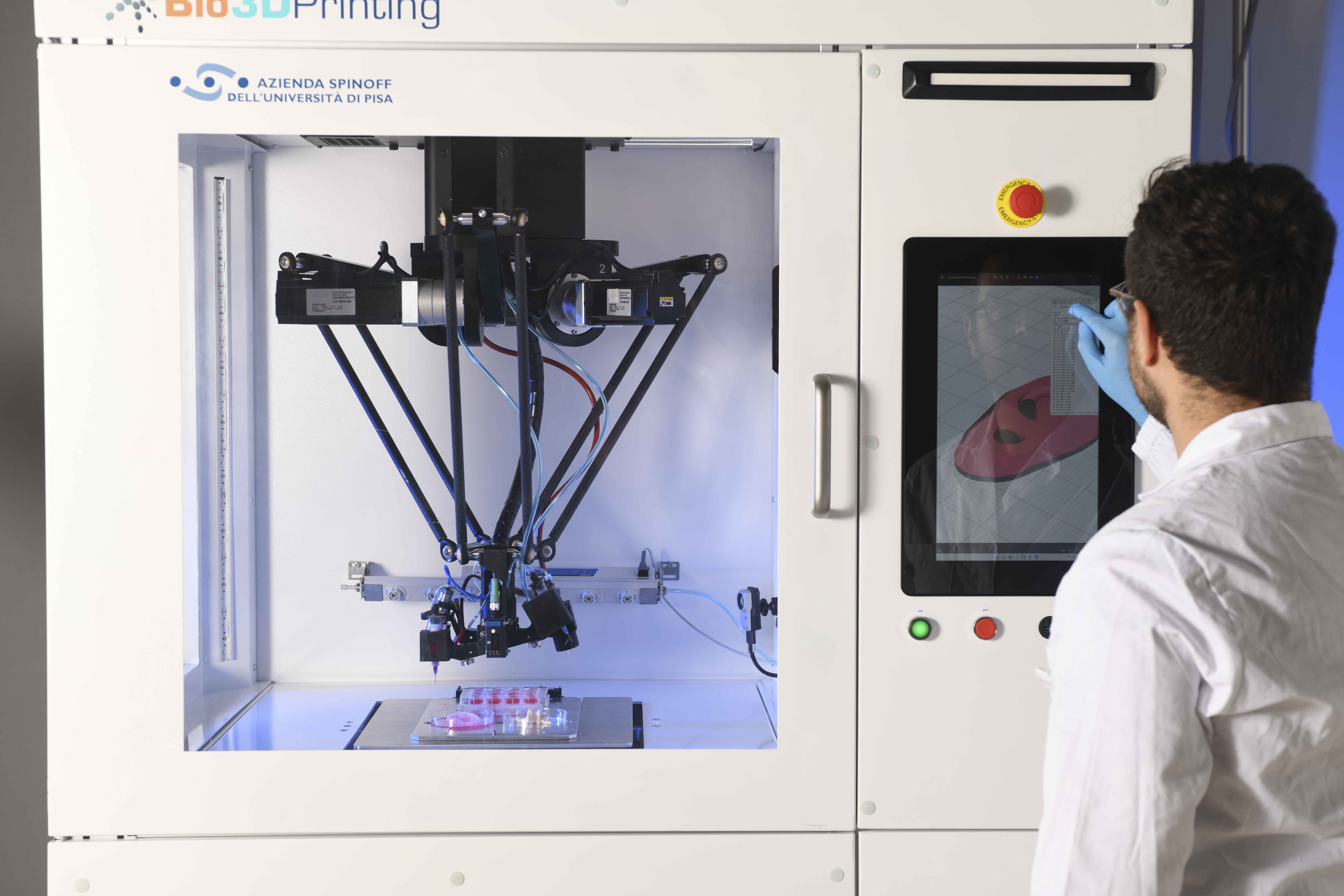Dassault Systèmes’ 3DEXPERIENCE World 2025 to Showcase Electrospider by Bio3DPrinting, Advancing Biofabrication and Regenerative Medicine

At Dassault Systèmes’ 3DEXPERIENCE World 2025, Bio3DPrinting, a medical business unit of the publicly listed SolidWorld Group, showcased Electrospider, the world’s first multiscale and multimaterial bioprinting ecosystem advancing biofabrication and regenerative medicine.
This groundbreaking machine, created using Dassault Systèmes’ 3DEXPERIENCE platform and SOLIDWORKS applications, enables the simultaneous bioprinting of multiple biomaterials at both micro and nano scales, within a single process. Electrospider allows organizations to overcome the limitations of conventional 3D printing technologies by combining standard and advanced biofabrication technologies to produce 3D cellular constructs with the heterogeneity and complex topology characteristic of human tissues.
SOLIDWORKS enabled Bio3DPrinting to precisely model each bioprinter component, simulate its behavior, and verify its feasibility before physical production. Thanks to powerful interference detection capabilities, the development team was able to identify and resolve potential assembly issues during the design phase, reducing errors and revision times. The integration with the cloud-based 3DEXPERIENCE platform facilitated collaboration between design, production and research teams, and ensured advanced data management. Project changes were shared in real time, while lifecycle management tools ensured full control at every stage, enhancing overall traceability and reliability.
Currently, Electrospider is being used across multiple fields including medicine, pharmaceutical and cosmetic research, advancing bioprinting toward the biofabrication of human organs and tissues for regenerative medicine. Electrospider builds - layer by layer - portions of “living” human tissue starting from cells directly extracted from patients undergoing surgery or biopsy or suffering from oncological and neurodegenerative diseases, or from donor subjects, and cultivated in vitro. Compared to conventional 2D cell cultures, the 3D cellular constructs created with Electrospider are easier and faster to produce, more cost-effective, and more human-relevant than traditional in vivo testing.
